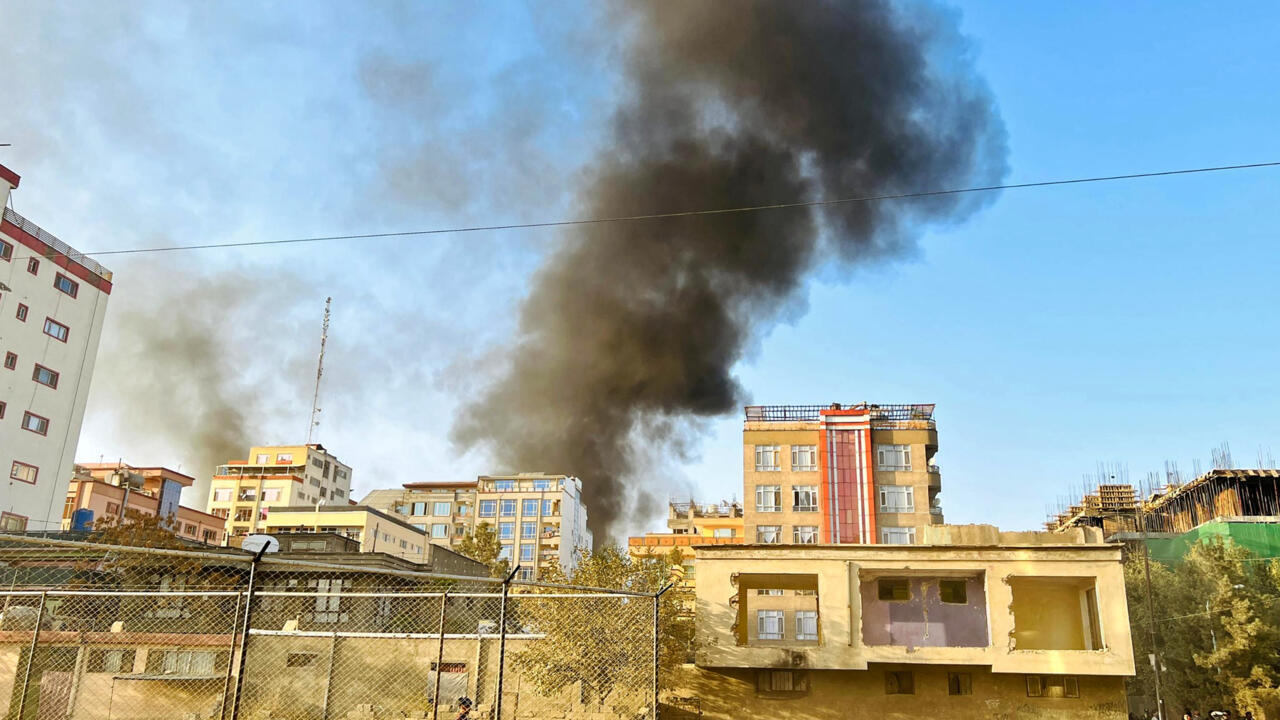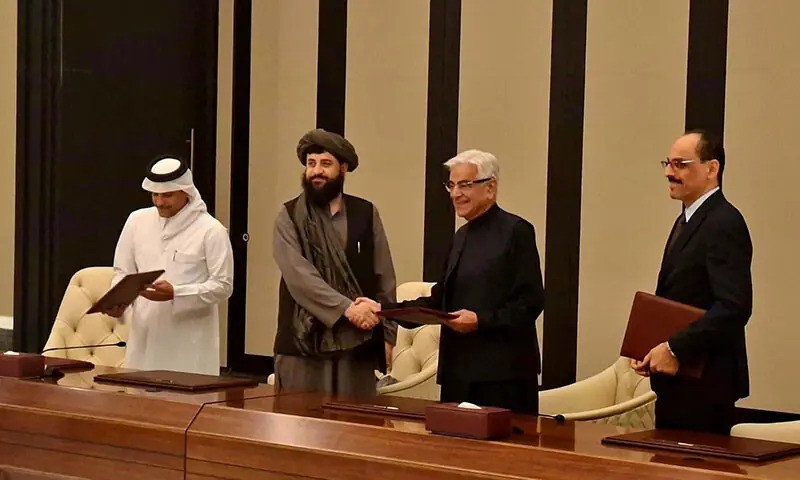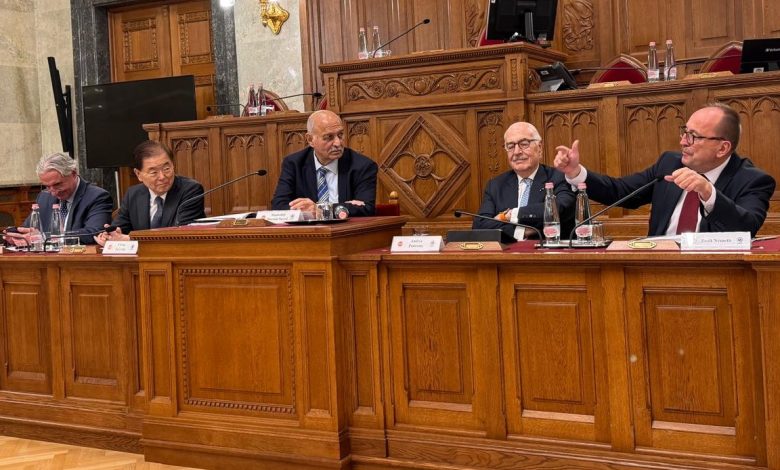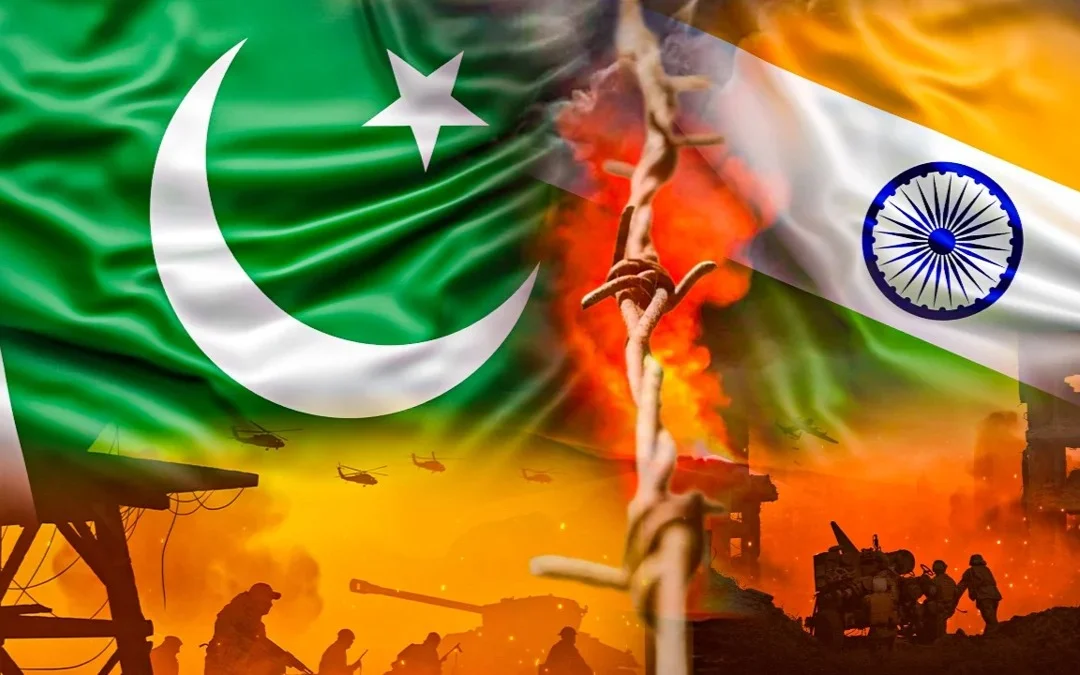Recently, a significant development emerged in South Asian geopolitics: the neighbouring countries Pakistan and Afghanistan (under the rule of the Taliban) reached a ceasefire agreement aimed at halting escalating border clashes and curbing militant activity across their shared 2,600-kilometre frontier.
While the negotiations formally involved Pakistan and the Afghan-Taliban regime, key issues in the background include Pakistan’s longstanding conflict with the Tehrik‑e‑Taliban Pakistan (TTP) and the role of cross-border safe havens. Let’s have a look at the background, the terms of the agreement, the implications, and the challenges ahead.
1. Background: Why the Ceasefire?
The trigger for the ceasefire lies in the intensification of hostilities between Pakistan and the Taliban-led Afghanistan in recent years. Key factors include:
-
Pakistan’s accusation that militant groups such as the TTP were being sheltered in Afghan territory, from where attacks were launched into Pakistan.
-
The Taliban’s denial of formal support, but the reality of porous borders and intertwined militant networks made the situation volatile.
-
A surge in violence: In 2025 alone, Pakistan faced a major spike in militant attacks, particularly in its border provinces (Khyber Pakhtunkhwa, Balochistan).
-
The border itself – known as the Durand Line – remains contentious. Afghanistan does not recognise it fully, which complicates matters of sovereignty and cross-border movement.
-
Major border clashes in October 2025—dozens killed, hundreds wounded—prompted regional concern and mediation by third parties (e.g., Qatar, Turkey).
In short, the ceasefire emerged not in a vacuum but as the product of acute escalation, shared urgency for containment, and external pressure for mediation.
2. What the Agreement Says
According to the published summaries of the agreement:
-
Pakistan and Afghanistan agreed to immediately suspend hostilities.
-
Both sides committed to respect each other’s sovereignty and territorial integrity—a nod to Pakistan’s demand about militants launching from Afghan soil.
-
Importantly, the Taliban side pledged not to support or allow groups that attack the Pakistani government.
-
They also agreed to refrain from targeting each other’s security forces, civilians or infrastructure.
-
A monitoring mechanism and follow-up talks (e.g., in Istanbul) were agreed to verify implementation and build trust.
Thus, at a high level, the agreement is an attempt to shift from armed confrontation to negotiated containment and to address the cross-border militant dimension.
3. Why This Matters
The ceasefire is significant on multiple fronts:
a) For Pakistan
-
A reduction in cross-border attacks could ease pressure on Pakistan’s security apparatus and help stabilise volatile frontier areas.
-
It offers Pakistan leverage: by gaining Taliban commitment that militants will no longer mount attacks from Afghan soil, Islamabad strengthens its position in dealing internally with the TTP and other insurgencies.
-
In the broader regional strategy, it aligns Pakistan’s interest in managing Afghanistan’s territory so it does not become a launching pad for attacks into Pakistan.
b) For Afghanistan (Taliban regime)
-
The Taliban regime has had to deal with the legacy of militant groups and international concerns. Agreeing to such a ceasefire improves its standing and reduces one axis of pressure.
-
It allows the Taliban to portray itself as a responsible neighbour and stakeholder in regional stability—potentially improving its international legitimacy.
-
By engaging diplomatically (via Qatar, Turkiye mediation), the Taliban demonstrates an ability to negotiate rather than rely solely on force.
c) Regionally
-
The involvement of Qatar and Turkey as mediators underscores how regional actors play a stabilising role.
-
The ceasefire could open space for reopening trade routes, normalising movement across the border, and easing humanitarian burdens (refugees, displaced persons).
-
It also helps prevent the conflict from spiralling—especially when extremist groups, such as Islamic State – Khorasan Province (ISKP), seek to exploit instability.
4. But: Why “Ceasefire with the Pakistan Taliban” is a Misnomer

It’s crucial to clarify: this agreement is between Pakistan and the Afghan Taliban regime, not directly between Pakistan and the domestic TTP. Many discussions (including media headlines) conflate these. Key points:
-
The TTP is a Pakistani-based militant organisation. While allied ideologically with the Afghan Taliban, it is not formally the same organisation.
-
The agreement does not mean that Pakistan has negotiated a peace deal with TTP under this framework. It means Pakistan seeks the Taliban’s cooperation to prevent TTP from using Afghanistan as a base.
-
Historically, Pakistan and the TTP have had separate ceasefires and talks (e.g., in 2021-22).
Hence, the phrase “Pakistan-Taliban ceasefire” may mislead: the direct counterpart to Pakistan is the Afghan Taliban government; the TTP remains an internal Pakistani issue albeit one with cross-border dimensions.
5. Challenges & Risks Ahead
A ceasefire is only the start. Several obstacles remain before it translates into durable peace:
-
Verification & trust: Implementation depends on both sides monitoring and reporting violations impartially. Given mutual suspicion, building this in practice will be hard.
-
Militant autonomy: Groups like the TTP often operate with a degree of autonomy; stopping attacks may not be entirely in the Afghan Taliban’s control. As one analyst asked: “Are you expecting the Taliban to come forth and stop the TTP from pursuing any of its political or military goals?”
-
Border management: The Durand Line remains contested. Movement of fighters, weapons and logistical support across that frontier must be addressed.
-
Domestic pressures in Pakistan: Pakistan’s population, particularly in border provinces, expect results. If attacks persist, public trust may erode, and Pakistan may resume strikes, undermining the deal.
-
External provocations: Other actors (state or non-state) may exploit the ceasefire to press their agendas, risking derailment.
-
Sustainability: The follow-up talks (e.g., Istanbul) and establishment of mechanisms are vital. Without a robust institutionalised process, the +ceasefire may unravel.
6. What Could Success Look Like?
If the deal works, we might see:
-
A marked drop in cross-border attacks, and fewer militant operations originating from Afghanistan into Pakistan.
-
Re-opening of border crossings and trade routes between Pakistan and Afghanistan, reviving economic activity and alleviating humanitarian pressures.
-
A joint monitoring mechanism: with Pakistani and Afghan officials, possibly third-party mediators, regularly reviewing incidents and cooperating on border security.
-
Progress in Pakistan’s internal efforts to engage militants such as the TTP, leveraging the fact that their Afghan sanctuary has been curtailed.
-
A signal to regional players (China, Central Asia, India) that Pakistan-Afghanistan tensions might be manageable—potentially opening broader regional connectivity and cooperation.
7. What Could Go Wrong?
Failure scenarios include:
-
A single major militant attack from Afghan soil into Pakistan, which Pakistani military or political leadership could view as breach of the deal and respond with airstrikes—triggering fresh escalation.
-
The ceasefire being treated by either side as tactical respite rather than foundational, leading to a “freeze but not peace” situation, with low-level violence continuing.
-
Lack of economic incentives or development initiatives to bind frontier communities into peace rather than militancy—border regions remain fragile.
-
Domestic political instability in either country derailing attention from the agreement.
-
External actors using the border zone as staging ground, undermining both governments’ efforts.
8. Why This Matters for Pakistan’s “Taliban Dilemma”
For Pakistan, the core issue isn’t simply the ceasefire with Afghanistan—it’s how this deal could reshape Pakistan’s insurgency narrative:
-
If militants lose sanctuary and safe havens across the border, Pakistan may regain initiative in its internal counter-insurgency efforts.
-
The Taliban’s commitment not to support groups attacking Pakistan addresses one of Islamabad’s top security concerns.
-
A stable border may free up Pakistani resources to focus on economic and social development in the frontier rather than purely military responses.
However, one must temper optimism: Pakistan still faces internal governance, radicalisation and socio-economic challenges. The ceasefire is a tool—not a solution in itself.
9. Final Thoughts
The 2025 ceasefire agreement between Pakistan and the Taliban-run Afghan government represents a tentative but meaningful turn. It acknowledges that military solutions alone are insufficient, and that diplomacy, mutual respect for sovereignty, and regional mediation are key.
Yet, the toughest part lies ahead: converting the ceasefire into lasting stability, trust and institutional mechanisms. For Pakistan, the agreement offers an opportunity—but also raises expectations. For Afghanistan, it offers recognition—but also heavy responsibility. For the region, it presents a chance for reduced conflict—but only if both sides commit.
In a region where ceasefires are often short-lived, the real test will be what happens in the coming months—the follow-up talks, the monitoring mechanisms, and whether the frontier becomes a zone of commerce and connectivity rather than confrontation.
For Pakistan’s long-standing security challenge, this ceasefire may mark the start of a new chapter—not the end—but a chapter nonetheless worth watching closely.
Dr. Mohammad Arif is a senior political analyst and researcher specializing in South Asian security, regional diplomacy, and counterterrorism affairs. With over two decades of experience in policy analysis and media commentary, he frequently writes on Pakistan–Afghanistan relations, Taliban dynamics, and evolving geopolitical trends in the region. Dr. Arif’s insights are widely regarded for their balanced perspective and strategic depth.



